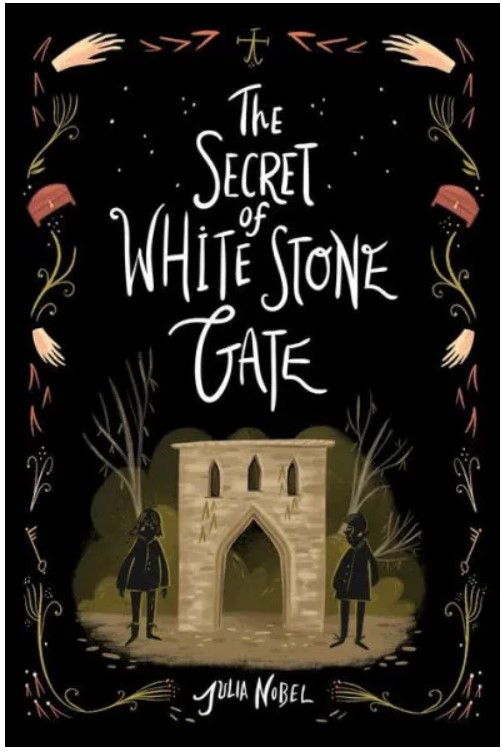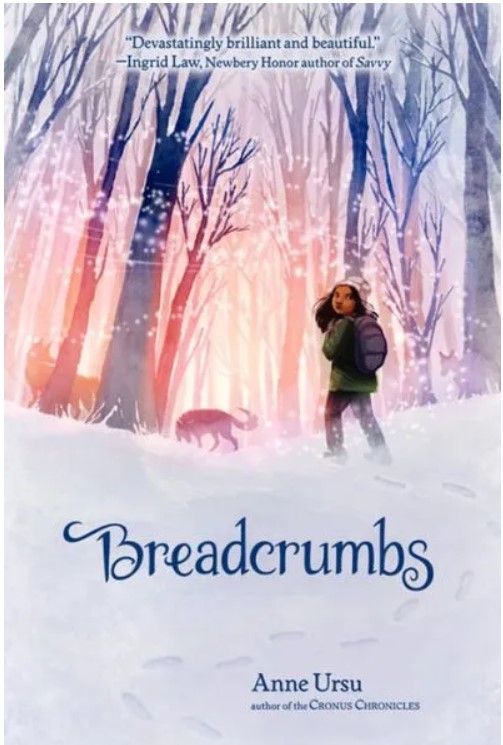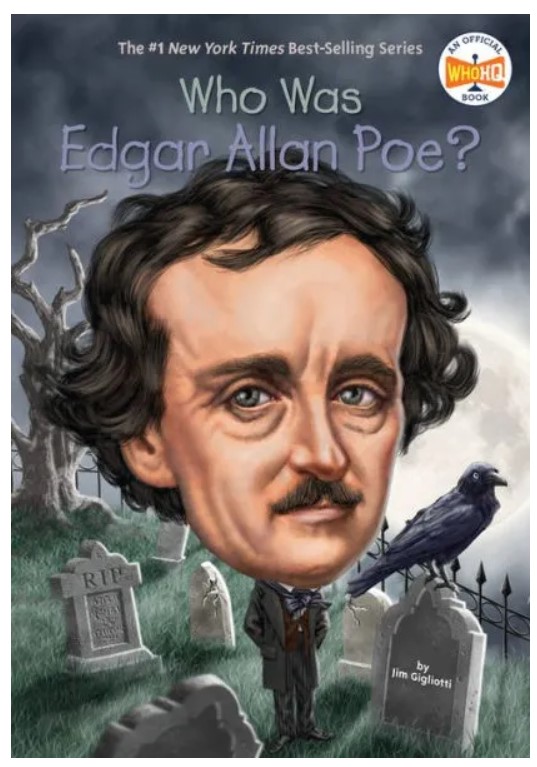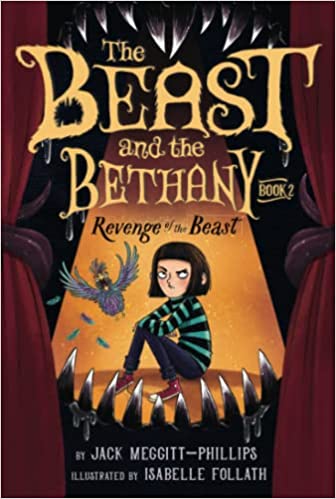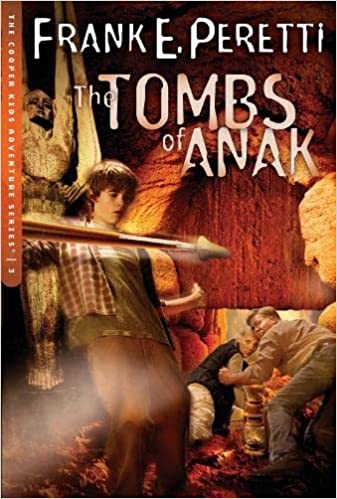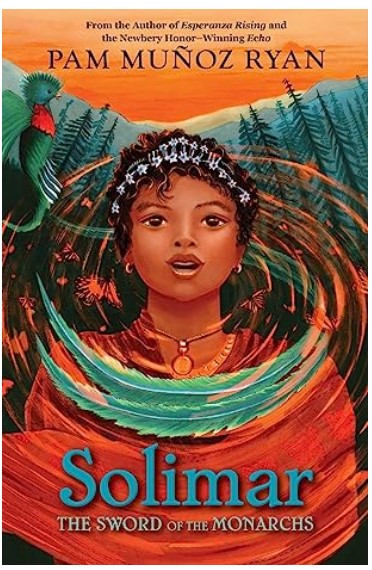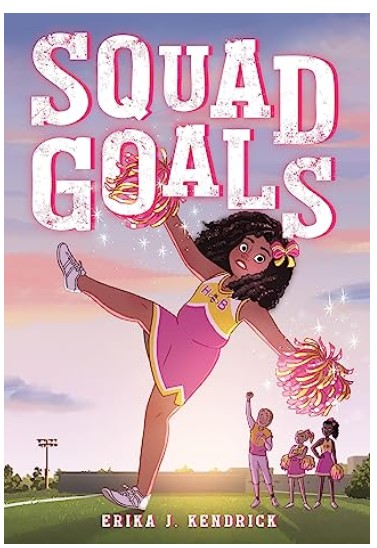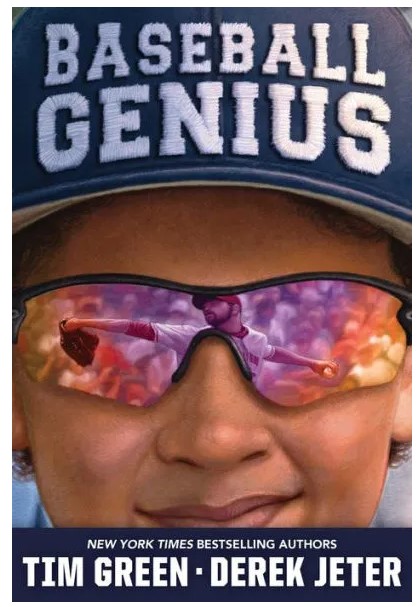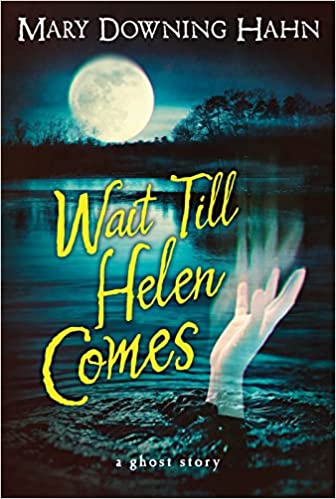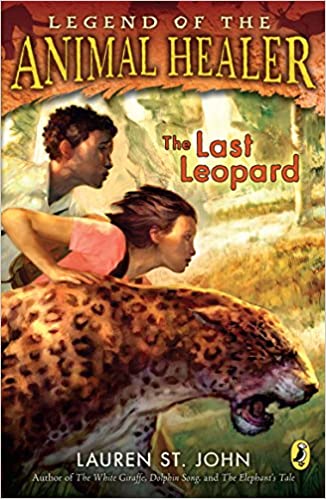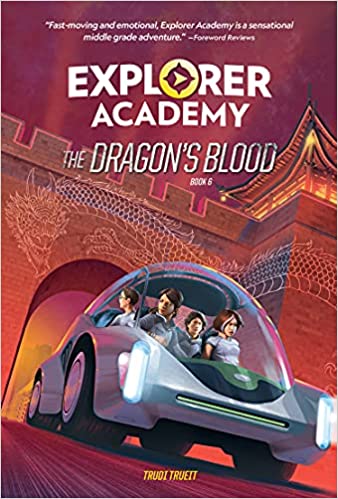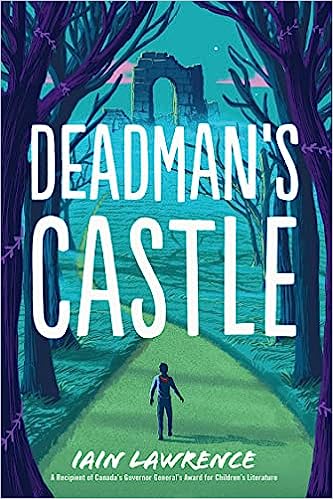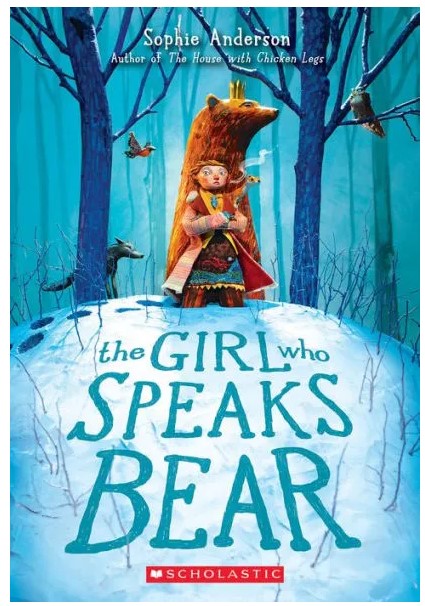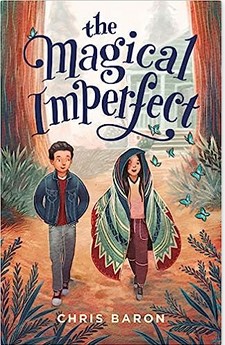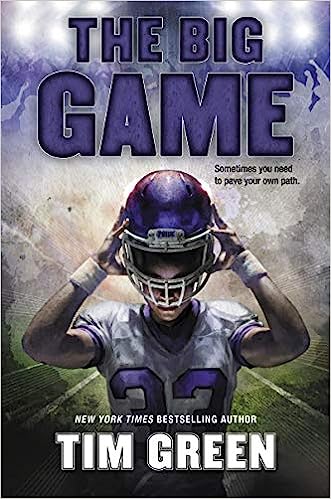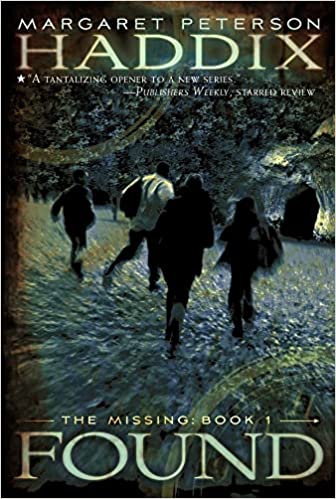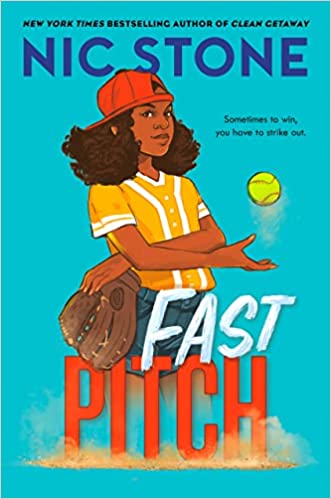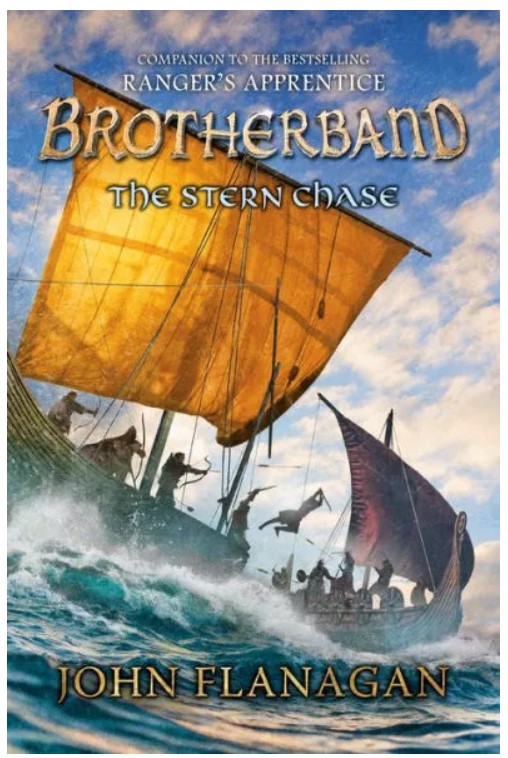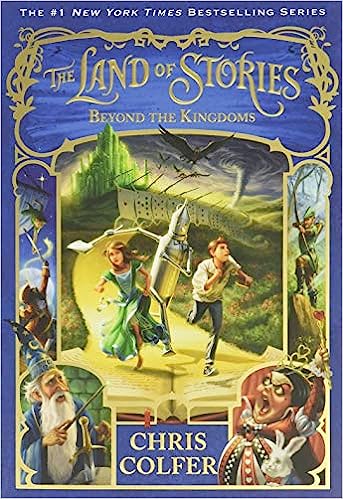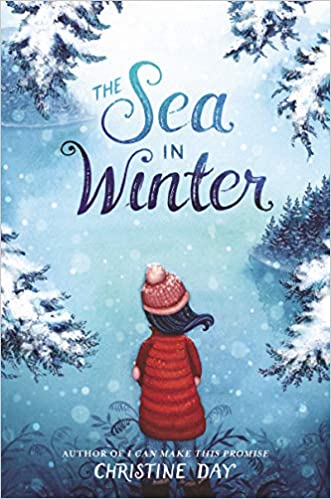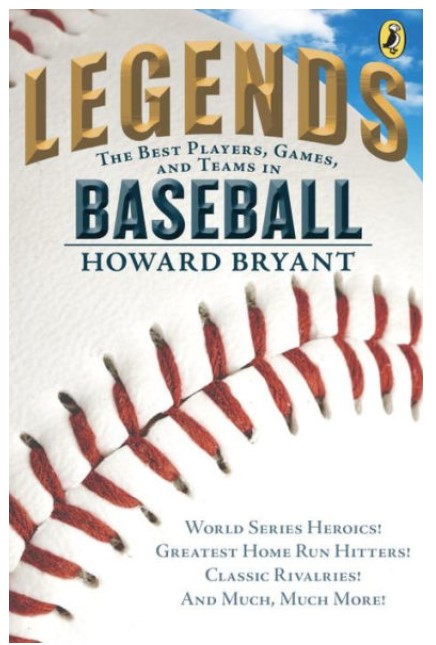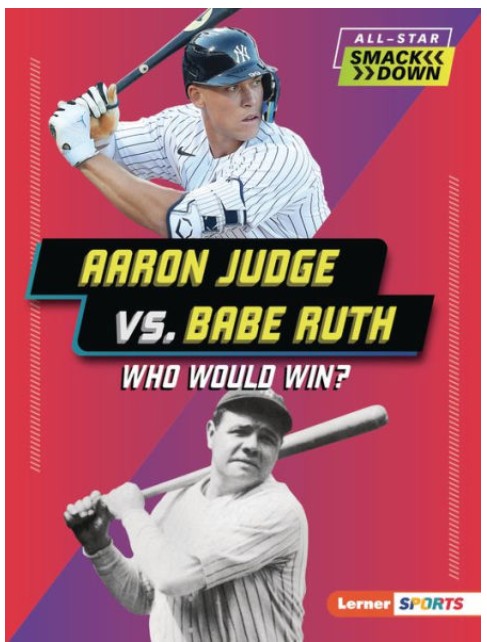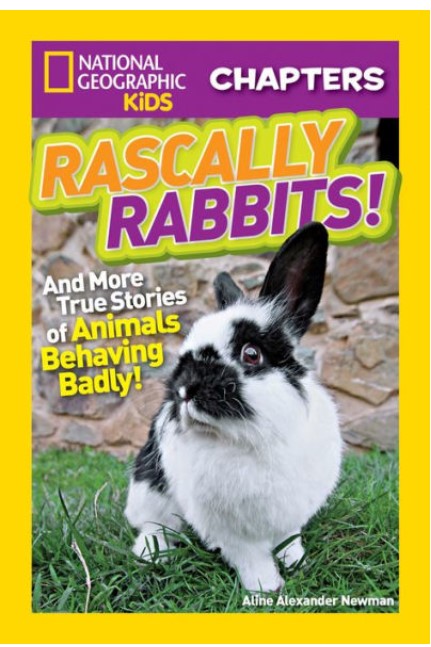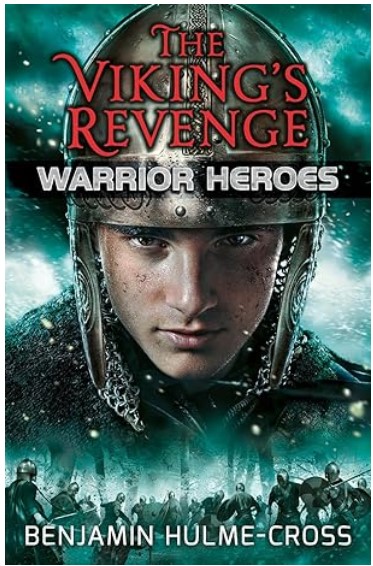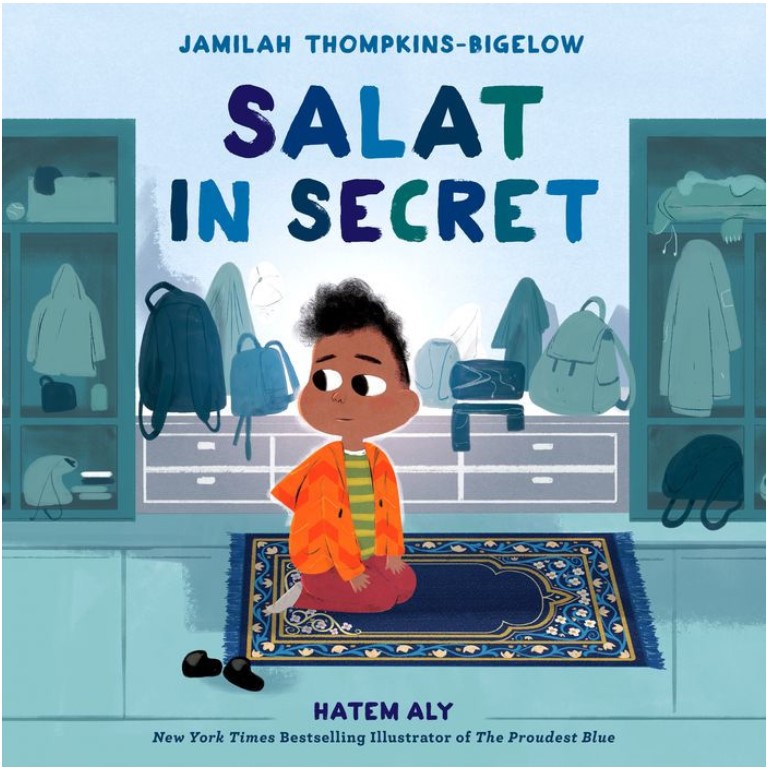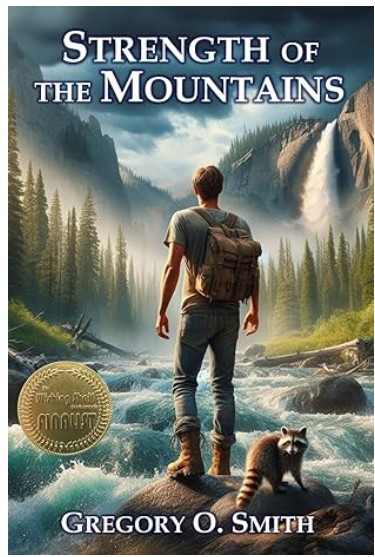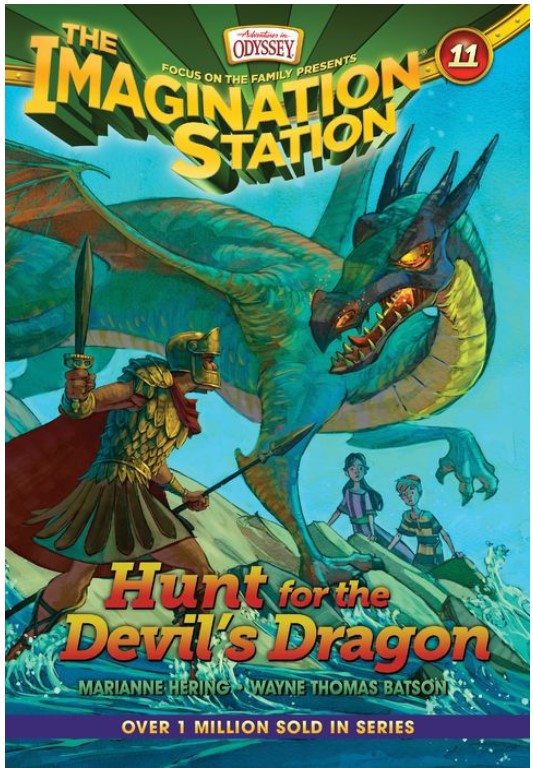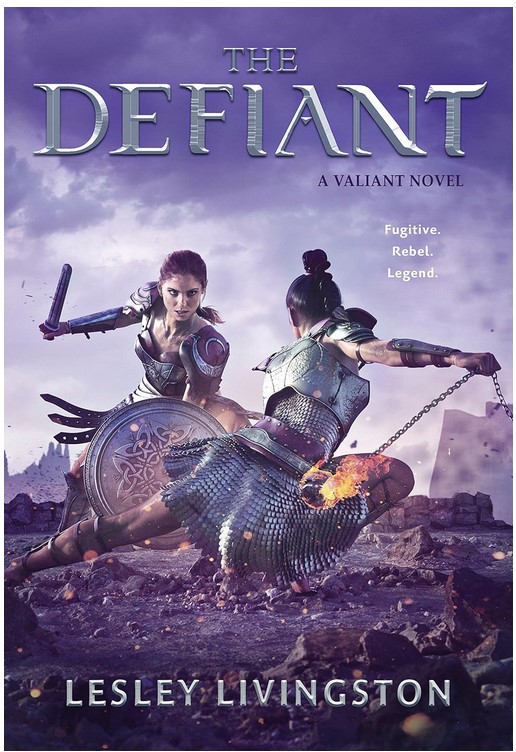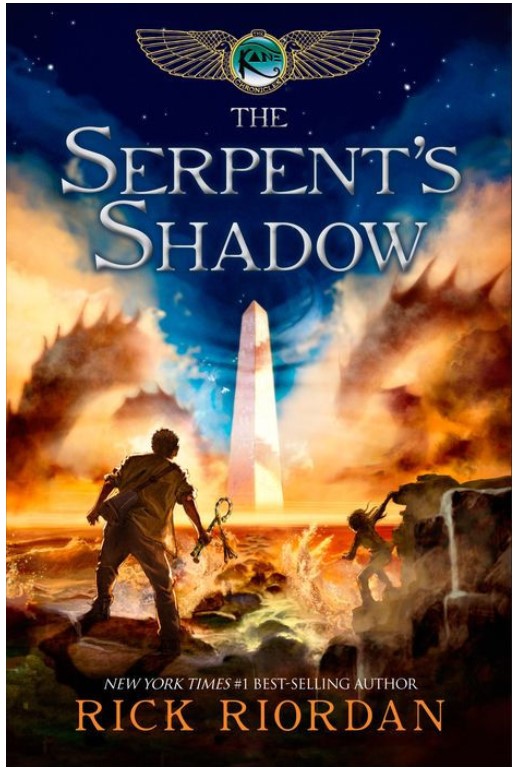After the events of The Mystery of Black Hollow Lane, Emmy goes home to Connecticut for summer break. Now she has returned to England for the new semester at Wellsworth, but there’s a catch—her mom wants her to spend time with and be under the strict rules of her mom’s cousin, Lucy. On top of this, upon returning to Wellsworth, Emmy begins receiving threats from Jonas, a leader in the Order of Black Hollow Lane, who tried to kill her in the previous book. Jonas wants information about her father and the medallions that she stole from the Order and he is willing to do anything to get what he wants. Emmy realizes the reality of her situation when her friend, Lola, is framed for stealing money from a charity fundraiser causing her to be expelled. Emmy must navigate dealing with the constant threats from the Order. Should she give them what they want so that they stop hurting her friends? Or is there another way?
A major theme in The Secret of White Stone Gate is betrayal. Emmy’s favorite teacher, John Barlowe, discusses betrayal in his class. He says, “Brutus betrayed Caesar during the Golden Age of Rome, Henry the Second betrayed Thomas Becket in the twelfth century, and it goes on and on. Sometimes greed and power become stronger than friendship.” This theme is reflected in Emmy’s discovery that her dad had been friends with Jonas, the leader of the Order, but Jonas betrayed him and now is part of the group of people trying to find and kill her dad.
Desperation to get what one wants is also a topic since the Order demonstrates they are willing to manipulate children. For example, it is revealed that Emmy’s friend, Jack, has a younger brother named Oliver who the Order forced to frame Lola. Isolation and struggling to make friends, combined with the Order’s manipulation, forced Oliver to frame Lola. However, Emmy and her friends do not get angry or act cruelly toward Oliver because they realize an important lesson, “We’re your friends, and you need to know that the Order isn’t your only option.” Emmy and her friends demonstrate true friendship which in turn teaches Oliver that he doesn’t need the Order for a sense of community.
At long last, Emmy is able to reconnect with her dad. He reveals that he has been secretly watching her, maintaining disguises all along. He explains, “I knew Jonas would be following you. I had to be there. I had to make sure you were safe. I tried to help [Lola] too, but it wasn’t easy to get to her.” Her dad is able to explain why he left her and her mom all those years ago. He says, “[the Order] knew I had a twelve-year-old American daughter. [The Order] found out I was alive and had a family, but [they] didn’t know your name or where you were. I had to run to keep you safe.” Though at first, Emmy struggles to overcome her anger that her dad left, she realizes that what matters most is that her dad is alive and loves her.
The story neatly wraps up with the Order believing that Emmy’s father is dead. Emmy finally feels that she and her family are free “since you [Emmy] cannot get what [the leader of the Order] wants, we have decided to pursue other avenues. You are no longer of any interest to the Order.” Knowing that Emmy and her friends are safe leaves Emmy feeling happy that she will finally get a chance to “do all the things normal kids got to do . . . Well, maybe they’d never be totally normal.”
Readers who enjoyed the first book in this two-part series, The Mystery of Black Hollow Lane, will enjoy the strengthening friendship between Emmy, Lola, and Jack. Overall, The Secret of White Stone Gate will keep readers on the edge of their seats as it shows the importance of enjoying the little moments with your friends and loved ones. Readers who are eager for more fun mysteries should also read Saving Montgomery Sole by Mariko Tamaki and Jada Sly Artist & Spy by Sherri Winston.
Sexual Content
- Emmy notices Sam, a new student at Wellsworth. “He pushed some floppy blond hair out of his eyes and smiled at something he was reading. Emmy’s stomach fluttered in a way that it usually only did for famous, good-looking soccer players.”
- When Sam says hi to Emmy, “Emmy prayed no one would notice her cheeks getting hot.”
- Emmy and Sam work together to help set up a school charity event. “Every once in a while, if Sam made her laugh or accidentally brushed her hand, she’d feel a giant swoop behind her belly button. Those swoops seemed to have a direct connection to her ears, making them hot and flushed. Thank goodness she could hide her ears behind her hair.”
- Emmy appreciates that “[Sam] was sacrificing a lot for Lola, even though he barely knew her. She imagined being with Sam, Lola, and Jack, sitting around the fire, just being normal friends. And maybe being more than friends with Sam.”
Violence
- Reflecting on events from the previous book in the series, “Emmy shivered. She always did that when talking about the old head of security, Jonas. She had trusted him, but he was the one who had caught her in the tunnels, chased her into the belfry of an old church, and tried to kill her.”
- Emmy finds a threatening note in her room from Brother Loyola, the head of the group that attempted to kill Emmy in the previous book, “In case you were wondering, I’m always keeping an eye on you.”
- Emmy’s friend Lola is framed for stealing money from the school’s charity fundraiser. Then Emmy receives a threatening video message from a member of the Order. He says, “Tell us where your father is, or your friend will get far worse than expulsion.”
- At her new school, Emmy’s best friend Lola is attacked by two students. Lola says, “My face is hurting pretty bad, and my hand is killing me from trying to hit them back . . . I managed to stay off the ground, though, otherwise, it would have been a lot worse.”
- While Emmy is visiting Lola, Jonas, the leader of the Order, suddenly appears and threatens her and her friends. Emmy is afraid so “her hands started to shake. Should she run? Should she scream? Jonas wouldn’t try to hurt her in broad daylight with all these people around . . . would he?”
- Jonas threatens Emmy’s friend, Lola. Jonas says, “Such a shame about what happened this week. I hope [Lola] isn’t too banged up. You don’t think that’ll be the end of it, do you . . . we’d always find [Lola].”
- Jonas tells Emmy, “If you value your dear friend’s life, I’d suggest you try a little harder to find your dear old dad.”
- When Emmy still refuses to tell Jonas where her dad and the medallions are, he says, “It doesn’t seem like you’re getting the message, so let me make it clear. I hurt [Lola]. I hurt your roommate. Here’s the next person on my list.” He then pulls out a photograph of him with Emmy’s mom and says, “Get me what I want, or I’ll bury her.”
- Emmy and her dad are chased by several cars carrying members of the Order. The Order is trying to kill them, and her dad decides the only way for them to escape is for him to fake his own death. He grabs an air tank, “It will let me breathe underwater.” Then as they approach a bridge over a large body of water, “the door flew open and her dad leapt onto the railing. Emmy screamed. He didn’t look back. He just disappeared over the edge.” After he landed in the water, Emmy’s dad was able to safely get away, convincing the Order that he is really dead.
Drugs and Alcohol
- None
Language
- The characters occasionally use mild insults like git, prat, or stupid.
Supernatural
- None
Spiritual Content
- The leader of the malicious group threatening Emmy and her dad is referred to as “Brother Loyola,” as one would refer to a priest.
